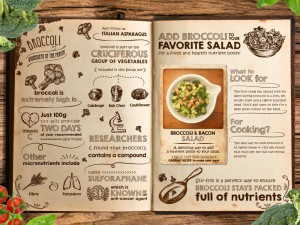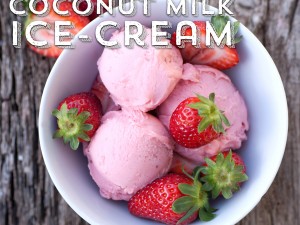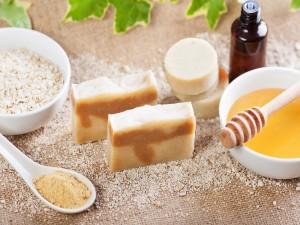Iron - the powerful trace element!
Iron – the powerful trace element!
Constantly tired, limp, pale and listless? Maybe there is an iron deficiency behind this. What you can do in this case and why the trace element is so important for our body.
Nature knows no iron deficiency!
Iron is the fourth most common element, found in every plant and in every animal – and therefore in every food. A person has an average of three to four grams of pure iron in their body. ” As a component of the blood pigment haemoglobin, it ensures the smooth transport of oxygen in the bloodstream. Besides blood formation, this is its most important function”, explains Professor Peter Nielsen, former head of the iron metabolism outpatient clinic at the University Hospital Hamburg. Without iron, all organs would literally “suffocate”. With a healthy metabolism, functioning intestinal activity and sufficient food intake, there is generally no need to worry about iron deficiency”, explains Prof. Nielsen. Nevertheless, according to the Gastroenterological Society of Australia, iron deficiency is still the most common nutritional deficiency in Australia. This manifests itself with symptoms such as tiredness and fatigue, lack of concentration, paleness or hair loss.
Symptoms of iron deficiency
Brain: impaired concentration, headache, dizziness
Ears: ringing in the ears
Eyes: pale mucous membranes of the inner eyelids
Heart: racing heart, chest pain
Lungs: difficulty breathing when exerted
Bowel: light stool
Muscles: weakness, loss of performance
Blood vessels: rapid pulse
Skin: pale, dry, dry hair, broken fingernails
Every second woman has an iron deficiency
Vegans, vegetarians and women are particularly affected. Almost every second woman in this country has an iron deficiency. This is due to menstruation. ” A woman loses up to 40 milligrams of iron every month just through her regular cycle,” explains Nielsen. In addition, the body loses one to two milligrams of iron every day, including in the form of sweat or hair loss. The daily recommended amount of iron is 10 milligrams for men, 15 milligrams for women of childbearing age, 3o milligrams for pregnant women and 20 milligrams for breastfeeding mothers.
The pitfalls of iron utilisation
Iron is a complicated trace element with treacherous opponents, “explains Prof. Nielsen. The trivalent iron found in plants is very different from the animal, bivalent iron. “Vegetable iron is less soluble and must first be converted in the small intestine using an enzyme. It can therefore only be sparsely absorbed by the body”, says Nielsen. On the other hand, significantly more of the roughly equal amounts in meat products is consumed. This is also one of the reasons why vegetarians are often iron deficient. Risk groups such as vegetarians, pregnant women or blood donors should have their iron stores checked regularly.
How to naturally reduce or prevent iron deficiency
Vegetarians should take vitamin C in the form of fresh fruits with meals, as this improves iron absorption. Caution is advised with substances that inhibit iron absorption. These include calcium, i.e. dairy products, red wine, black tea and coffee.
Foods that are rich in iron
The typical western mixed diet contains 6 milligrams of iron per 1000 calories.
- Pork liver contains a particularly large amount of the trace element (22 milligrams per 100 grams).
- Turkey meat contains 3, beef 2.9 and pork 2.5 milligrams per 100 grams.
- Wheat bran (16mg), pumpkin seeds (12mg) and spinach (3.5mg) are also rich in iron.
- Legumes, such as lentils, white beans, and peas, contain an average of 5 to 6 milligrams of iron per 100 grams.
- Spices such as cardamom, parsley, cinnamon, ginger, sesame seeds, thyme and green mint are also high in iron.




